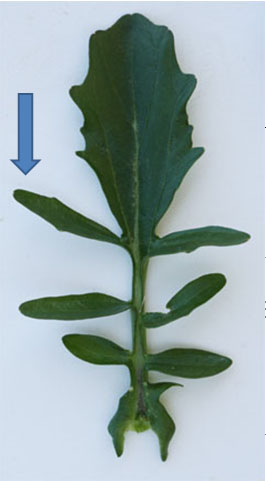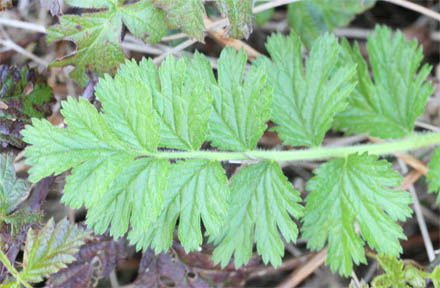
These are leaves that we need illustrated
(First posted 2/21/13 Last updated 4/10/13)
If you see a leaf that you would like to illustrate, please email me and I can note that it is already being illustrated. I do not want to waste anyone's time with duplications.

Horkelia california - being drawn by Clelia Lion 2/25/13
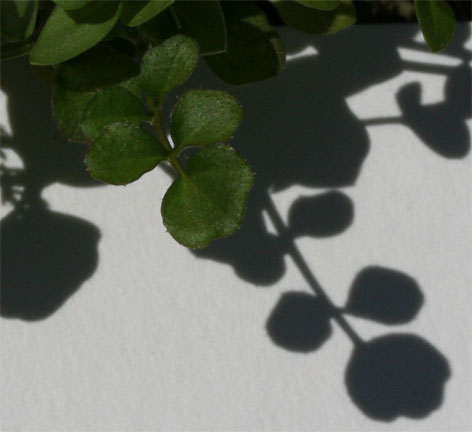
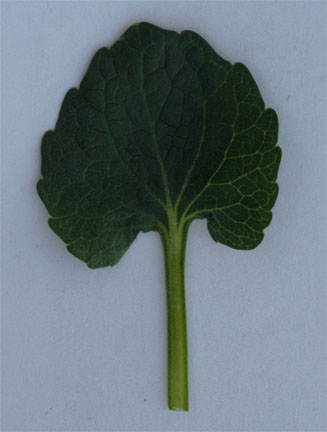
Cardamine oligosperma, little western bitter cress Note: the leaves are opposite, not alternate; we need about five leaves, as shown in the shadow, on the stem in the illustration. Christina DiPaci has signed up for this one, on 3/18/13.
Holodiscus discolor, creambush
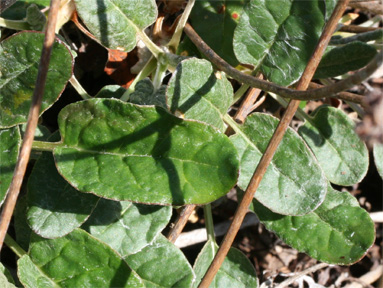
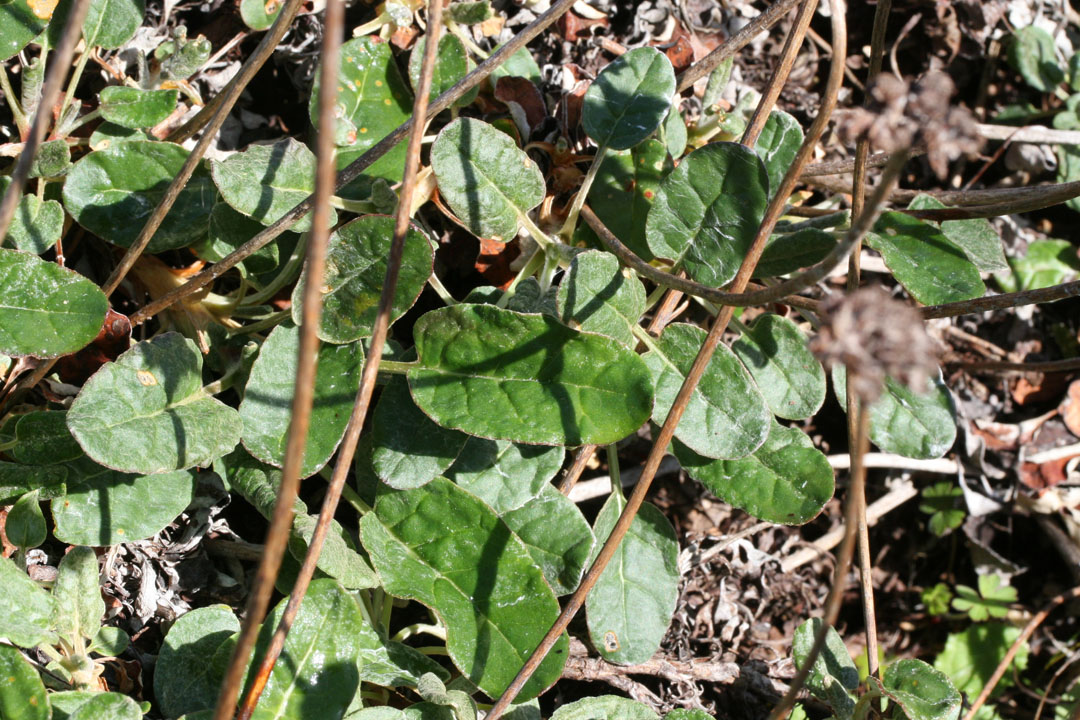
These are two croppings of the same photo, to give you several leaves as models for what we need. Just do a single leaf. This is Erigonum latifolium, Coast buckwheat. This little plant likes to live where others find it hard to survive: vertical banks along roadcuts.
OOooh! Here is one everyone will be itching to illustrate. Emily Underwood has offered to do it:
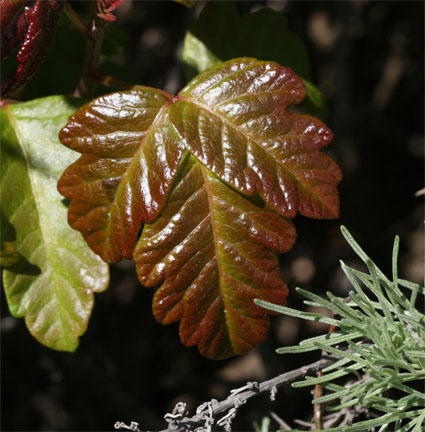
The good ol' Toxicodendron diversiloba, or poison oak. Don't you love the name? It means toxic branch with the several leaves (three in a group). I think it would be best to NOT draw the leaves overlapping, so you may want to Google it to see other images. This is the only one I have.
Here is a nice ceonothus, Ceanothus thyrsiflorus var. thyrsiflorus, Blue blossom. Marni Fylling of Hoboken, New Jersey started on this one on 3/6/13:
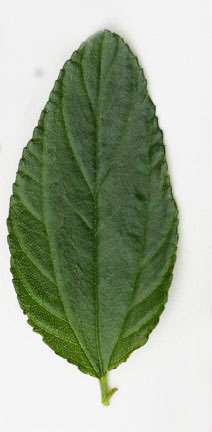
This is Sambucus_racemosa, Red elderberry. Marni Fylling is working on this:
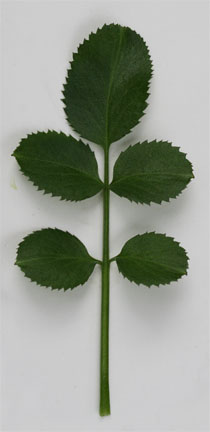
How about Rubus parviflorus_Thimbleberry. Emily Underwood will be doing this one:
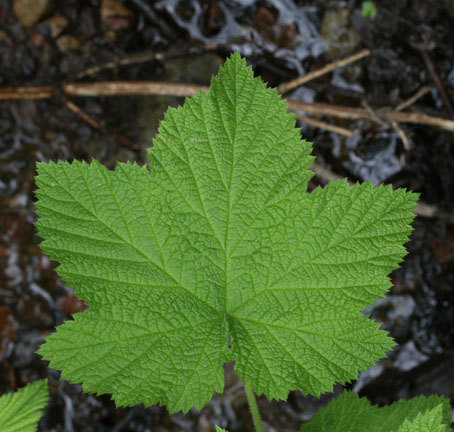
This is Eriophyllum confertiflorum Golden yarrow:
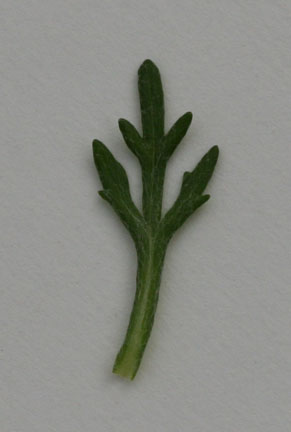
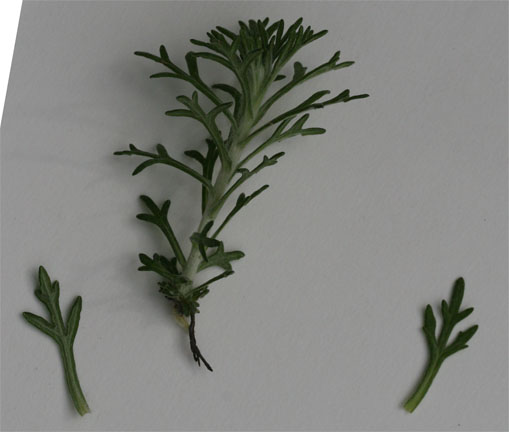
Whoever takes the Golden Yarrow should also do Lizardtail, as they are so similar; Lizardtail has more divisions in each leaf:
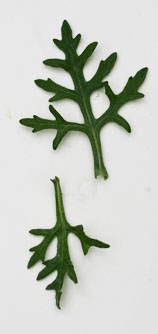
Here is Fumaria capreolata, white fumaria:
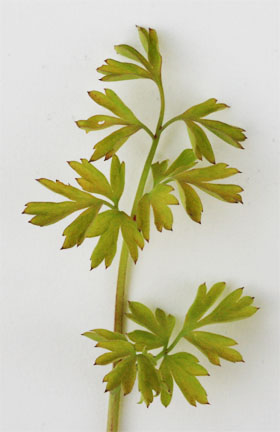
How about this for a plant name: Helminthotheca echioides, Bristly oxtongue? You can see from some images online, such as http://www.ipm.ucdavis.edu/PMG/P/W-CO-PECH-LS.001.html, that the row of white dots along each side of the leaf sticks up in the air a mm or two. It has been drawn by Heather Gordon.

Here is a nice one: Barbarea orthoceras, American winter cress. I would suggest that you make the leaf nearly symmetric, as my sample is a bit crooked. In my photos of the plant, the smaller lobes of the leaf are positioned like the left side, second from tip (indicated by arrow) and are positioned slanting distally, then less so as they go to the base; and should be exactly opposite, not like the middle lobe pair, which I think got twisted. Addendum: I checked this out on the mountain 3/16/13, and some were not opposite. Christina DiPaci has signed up for this one, on 3/18/13.
